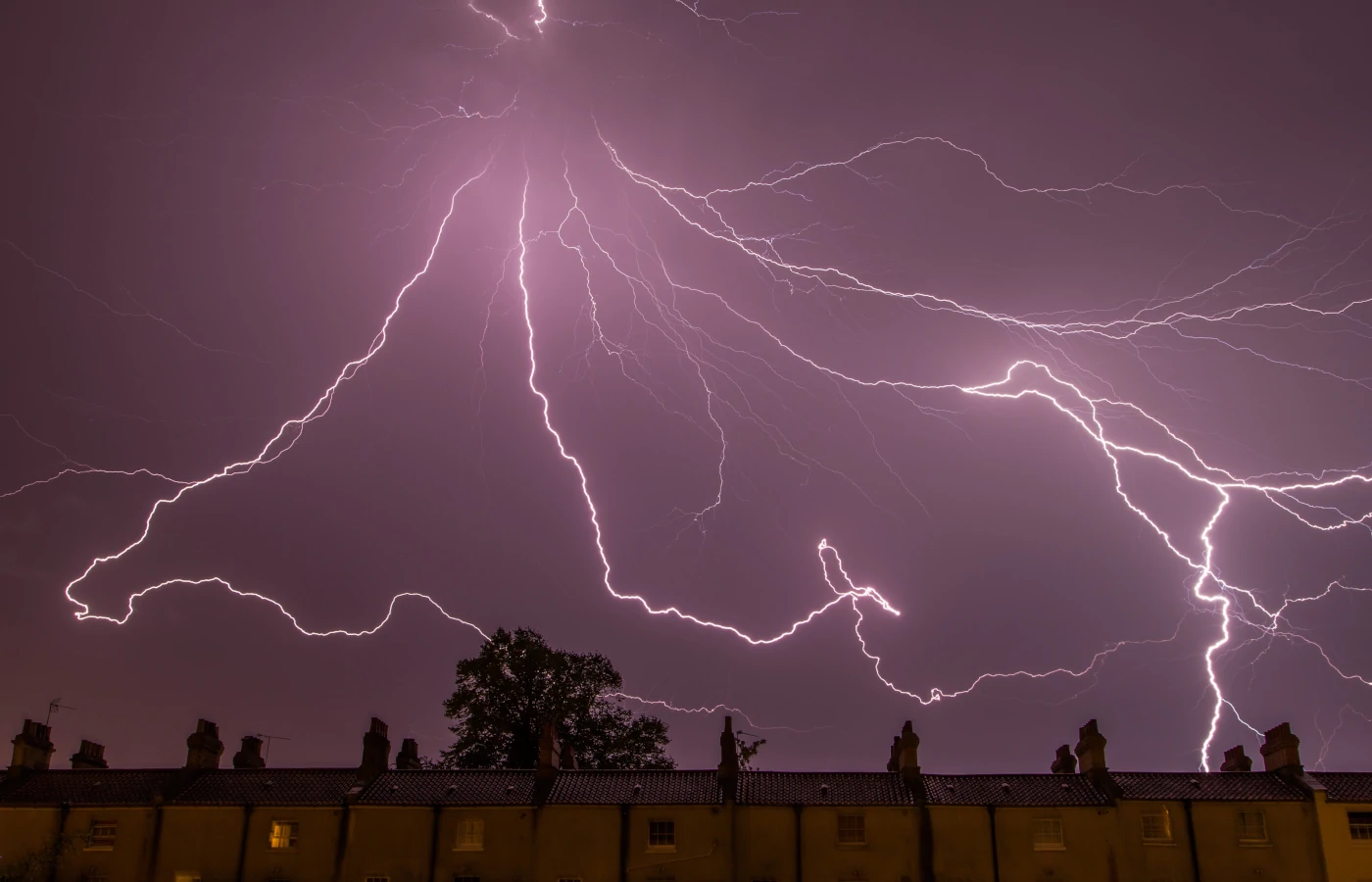Electricity generation in a generator. Ever wondered how the complex machinery inside a generator churns out the electricity that powers your appliances during a blackout? The process is rooted in a scientific principle discovered almost two centuries ago.
In this article, we will unravel the fascinating journey that transforms mechanical energy into electrical power inside a generator. Understanding the workings of your generator can give you a new appreciation for this indispensable device, as well as a peek into the science behind everyday convenience.
The Principle of Electromagnetic Induction
To comprehend how electricity generation occurs in a generator, we first need to understand the underlying principle – electromagnetic induction. This scientific phenomenon was discovered by Michael Faraday in 1831.
In essence, Faraday found that a change in magnetic field within a loop of wire induces an electric current in the wire. This discovery forms the basis of how modern generators produce electricity.
Core Components of a Generator
A typical generator consists of several key parts. Firstly, there’s a magnet, often made of iron, which creates a magnetic field. Secondly, there’s a conductor, typically a coil of wire. This conductor moves within the magnetic field, leading to the production of electricity. Finally, there’s an engine, which powers the motion of the conductor.
Generators also include additional components for control, safety, and ease of use. However, for the electricity generation process, the magnet, conductor, and engine are the essential elements.
Process of Electricity Generation in a Generator
Let’s delve deeper into the process of electricity generation in a generator. It all starts with the engine. Once you start the engine, it sets the conductor in motion.
As the conductor moves within the magnetic field, it cuts through the magnetic lines of force. This action induces a voltage, which results in the generation of electric current. This is precisely what Faraday discovered – that movement within a magnetic field leads to the production of electricity.
From Generator to Your Home
But how does this electricity reach your appliances? Once produced, the electric current is routed through a series of transformers. These transformers step up or step down the voltage, depending on the requirement.
High voltages are more efficient for long-distance transmission. Therefore, the voltage is usually stepped up before the electricity is sent through power lines. Before it reaches your home, it is stepped down to a safer level.
The process of electricity generation in a generator is truly fascinating. It’s a blend of scientific principles, ingenious engineering, and practical considerations. Understanding how your generator works can help you appreciate the crucial role it plays in powering your home or business. So, next time you flip a switch during a power outage, and your lights come back on, remember Faraday and the remarkable principle of electromagnetic induction at work.
Find out more about Generators at our blog.

There are no comments yet.